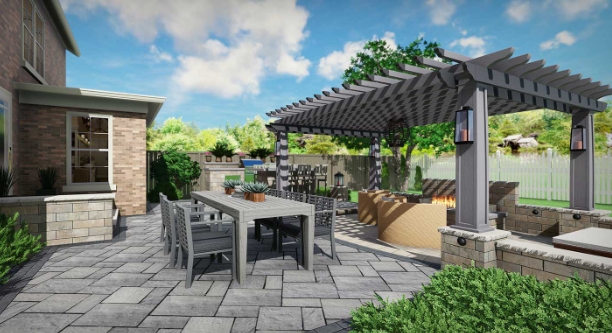In the fast-paced world of landscape architecture, embracing real-time technology can revolutionize the way projects are designed, planned, and executed. From interactive 3D modeling to real-time collaboration tools, technology is changing the game for landscape architects.
Enhanced design process
Real-time technology allows landscape architects to create interactive 3D models that can be easily manipulated and updated in real-time. This gives designers the ability to make quick changes and see the impact instantaneously, leading to more efficient and effective design processes.
Improved client communication
With real-time technology, landscape architects can present their designs to clients in a more engaging and interactive way. Clients can explore the project in real-time, providing feedback and making decisions more quickly. This level of engagement can help build stronger relationships with clients and ensure that the final design meets their expectations.
Efficient collaboration
Real-time technology also streamlines collaboration among project team members. With cloud-based platforms and real-time communication tools, landscape architects can easily share files, collaborate on designs, and track project progress in a more efficient and organized manner. This leads to better coordination among team members and ultimately results in a smoother project delivery.
Enhanced project visualization
Real-time technology allows landscape architects to create virtual reality (VR) and augmented reality (AR) simulations of their designs, giving clients and stakeholders a more immersive experience of the project. This technology allows viewers to walk through the design in a virtual environment, providing a clearer understanding of the project and its potential impact on the landscape.
Dynamic data analysis
Real-time technology also enables landscape architects to collect and analyze data in real-time, helping them make informed decisions about their designs. By leveraging data from sensors, drones, and other sources, landscape architects can gather valuable insights about the site conditions, environmental factors, and user behavior, leading to more sustainable and responsive design solutions.
In conclusion, embracing real-time technology is essential for landscape architects to stay competitive in today’s fast-paced industry. By incorporating real-time tools and techniques into their workflow, landscape architects can enhance their design processes, improve client communication, streamline collaboration, and create more visually engaging and sustainable projects. The future of landscape architecture is here, and it is driven by real-time technology.

